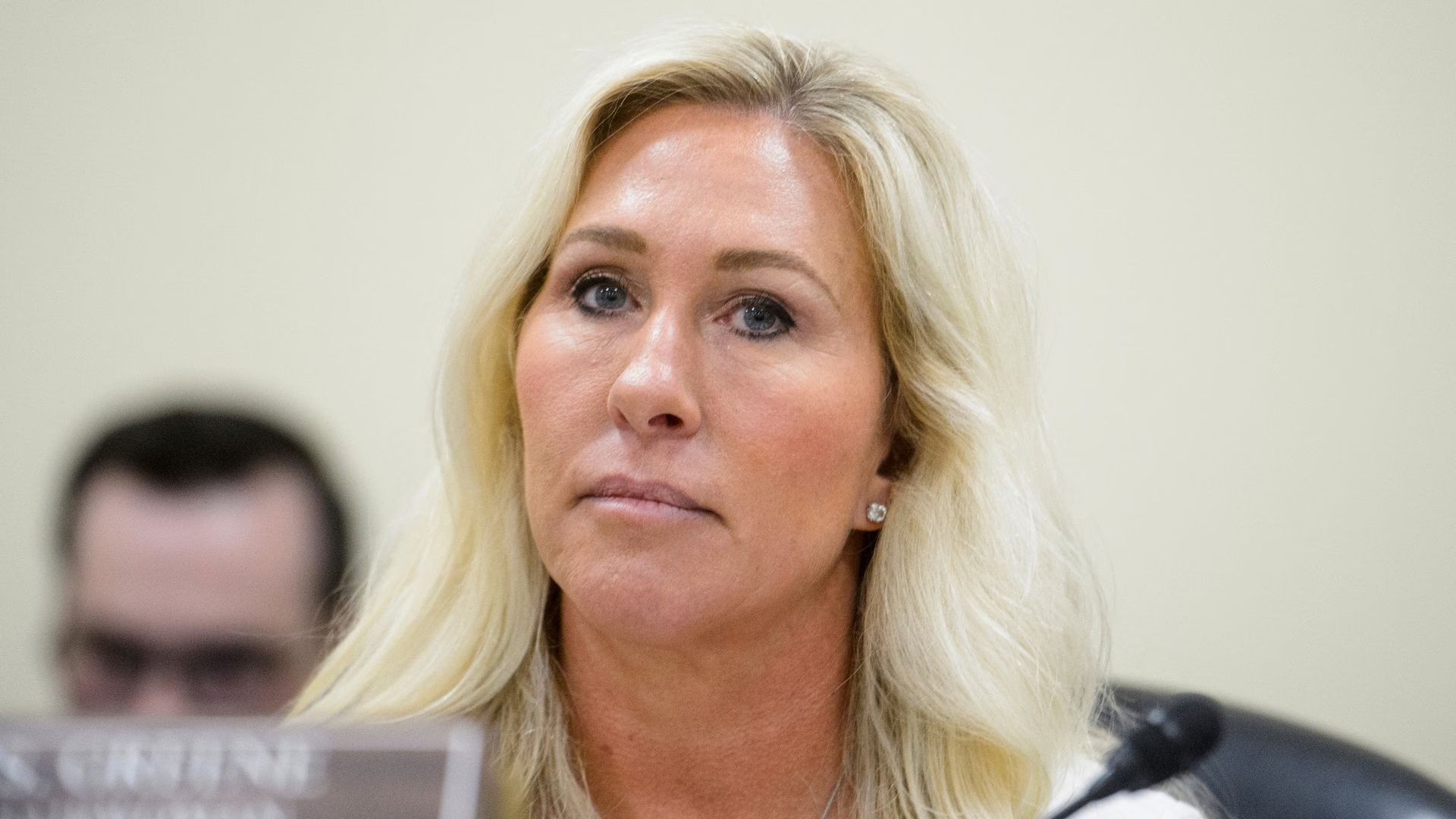Sargassum amounts across the Atlantic and Caribbean Sea continued to drop in October, signaling the end of this year’s seaweed season, according to a recent report from the University of South Florida’s Optical Oceanography Lab.
The OOL at USF monitors the presence of sargassum across the Atlantic, Caribbean, and Gulf regions using satellite imagery. The group’s latest monthly report was released on Oct. 31 and noted that total amounts declined sharply for the second consecutive month.
“As predicted in September, the total amount of sargassum in each of the monitored regions continued to decline in October,” according to information included in the USF update.
“Similar to what happened in September 2025, the decline in October was substantial in all but the eastern Atlantic region, with total sargassum amount more than halved again in October. Most sargassum is now in the eastern Atlantic, followed by the eastern Caribbean region. In the Gulf, sargassum amount is now negligible, with less than 0.02 metric tons in the area,” USF said.
Notably, although the overall amount of seaweed has continued to decrease, scientists reported that total amounts of the algae in parts of the eastern Caribbean and western Atlantic still rank as the highest on record for the month of October.
“Despite such sharp declines, total sargassum amount in the eastern Caribbean and western Atlantic still shows the highest in history for the month of October, but most of this biomass is around Dominican Republic and Haiti. Overall, the inundation pressure should have decreased substantially for all regions in October.”
Massive Inundations Not Expected
Looking ahead, USF researchers expect the downward trend to continue into November, possibly reaching the annual low point for the year.
“Total sargassum amount in all regions is likely to continue to decline, possibly reaching the annual minimum in November. Correspondingly, most regions should be free of massive inundations, as the sargassum ‛season’ is over. One possible exception is the East Atlantic, where the total sargassum amount will likely remain relatively high even after further declines in November.”
After receiving the USF September update, the Source contacted Chuanmin Hu, a professor of optical oceanography at USF. When asked about the potential for more inundations across the USVI, Hu emphasized that additional seaweed arrivals are unlikely across the region until next year.
“The sargassum season is over even for the eastern Caribbean region,” Hu said. “It may restart between next March or April,” he added.
Sargassum Explained
A previous Source article included additional information about sargassum in an interview with Yuyuan Xie, Ph.D., a research scientist at USF. Xie is involved with the university’s OOL.
“Pelagic sargassum seaweed is a brown macroalgae floating on the ocean surface,” Xie said. “It was first reported in the 15th century by Christopher Columbus, and a regional sea in the North Atlantic Ocean, the Sargasso Sea, was named after this plant. Sargassum serves as a habitat for many marine animals, such as turtles, fish, shrimp, crabs, and so on. These macroalgae can grow to a length of several meters and form floating mats on the ocean surface,” Xie continued.
Sargassum Health Impacts
Sargassum has positive and negative benefits for the environment. Fortunately, the arrival of the algae is not extremely dangerous to people. However, there are some significant health risks.
“Most of the time, moderate amounts on beaches would not represent a risk factor for humans. However, there are exceptions,” cautioned Xie. “After a couple of days onshore, sargassum starts to decompose and release noxious and stinking gases such as ammonia and hydrogen sulfide. The bad smell can cause respiratory problems. There are reports that in some of the Caribbean Islands, the hospitalization rate has gone up during the sargassum season,” he said.
“Sargassum can be both good and bad for the environment. In the ocean it is a critical habitat for many animals, so they should like to see increased sargassum. Sargassum on beaches can also stabilize sand dunes, thus helping to avoid beach erosion. But too much of a good thing can also make it bad — excessive amounts of sargassum can also cause environmental and economic problems,” Xie added.
“There is no scientific consensus on exactly what caused the sargassum increases in the past decade in the Atlantic Ocean, but climate change may be part of the reason, as it affects precipitation, ocean circulation, and dust events, among others. This is still a research topic,” according to Xie.
To help manage seasonal sargassum inundations, officials in the U.S. Virgin Islands have begun installing floating barriers designed to divert incoming mats of seaweed before they reach the shoreline. As noted in a recent Source interview with Amy Dempsey, a marine biologist and founder of Bioimpact, Inc., the seaweed booms have shown promise in keeping beaches clearer. However, they require frequent maintenance because of strong currents and storm damage, and they must be removed when a tropical system is approaching.
Follow Sargassum Updates and the Weather Forecast
Individuals can follow the progression of the current mat of seaweed and stay up to date each month on where sargassum may be headed.
Finally, in addition to tracking the occurrence of sargassum, residents and visitors across the U.S. Virgin Islands are encouraged to continue monitoring the local weather forecast.
Weather information is available from the NWS, the NHC, and NOAA. The local weather forecast for the U.S. Virgin Islands is regularly updated on the Source Weather Page and VI Source YouTube Channel, and individuals can also find helpful weather information and alerts from the Virgin Islands Territorial Emergency Management Agency.
St. Croix Source
Local news



